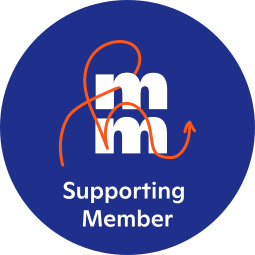I have always found that managing stress is a complicated bag. On one hand, most people aim to live productive, satisfying lives that are as filled as can be with meaning. On the other hand, human beings are just that: human, and this means we do have intrinsic limitations and breaking points. When I first begin working with new clients, I typically find that they, as we all do from time to time, operate on an “all or none” principle. We know how to put the pedal to the medal and overschedule, overburden, and burn ourselves out. We also tend to have a generalized fear that if we are not “pushing our self” (to the breaking point), that means we are: lazy, unmotivated, doomed for failure and misery, etc. Surely there is a better solution.
In my experience, the answer is much easier to conceptualize than to put into practice. This is for good reason as well; we spend years, often decades, internalizing the “all or none” idea of life. We learn this from our family, friends, and society over the course of years and years from a very young age, so “reversing” this pattern will take a bit! Meaningful change, much like all “big” goals, takes time, persistence, and patience.
A question that I am frequently asked in session: “How am I supposed to figure this out…What do I do?” I can’t help but smile when clients ask this question, because the answer is right in front of us both already! What we do about this is what is being done in that very moment: we pause, reflect, strategize, and grow. The work of “destressing our lives” often involves an honest inventory of the challenges in life that we have on our plate, and genuinely reflecting on what works best for us based on where we are in life.
The second piece of this work involves taking an honest inventory of the things were doing in life that “fill our cup” internally versus “empty our cup”. A good way to think about this idea: what things do you do in life that feel restorative? Like you are being rejuvenated from the inside, like your soul is being nourished! For some people, this looks like exercise (which I highly recommend), hobbies (woodworking, hiking, reading, socializing, etc), or life’s simple pleasures (sipping a coffee in the morning, waking up for the day). For others, restoration is more impactful when it comes from within. This can look like prayer, meditation, reading, or simply enjoying some peace and quiet.


